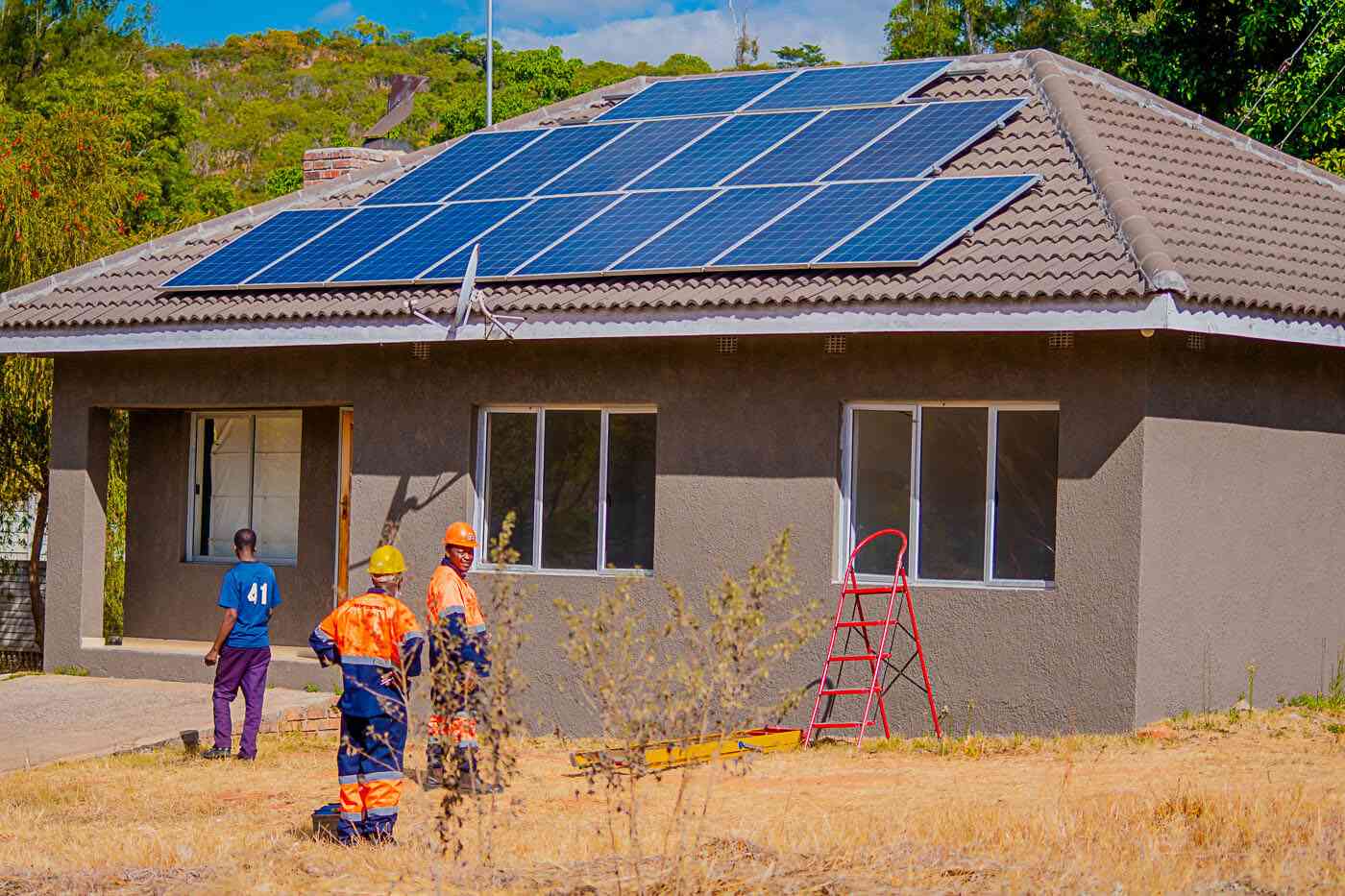
THE real estate sector plays a pivotal role in the economic development of nations, providing shelter, infrastructure, and employment opportunities.
However, with growing concerns over environmental degradation and climate change, the industry is under increasing pressure to adopt sustainable practices.
Financial mechanisms, such as sustainable and green finance have emerged, aiming to channel investments towards environmentally friendly and socially responsible projects.
This article critically examines the distinctions between sustainable finance and green finance, their origins, and their implications for the real estate sector in Africa, focusing on Zimbabwe and the Southern African Development Community (Sadc) nations.
Sustainable and green finance have roots in the broader sustainable development agenda and the recognition of environmental, social, and governance (ESG) factors in financial decision-making.
Sustainable finance encompasses a broader spectrum of economic activities considering ESG criteria in investment decisions, aiming for long-term sustainable outcomes.
It originated from the wider sustainable development movement and gained momentum with the introduction of initiatives, such as the United Nations Principles for Responsible Investment (UNPRI) in 2006. On the other hand, green finance focuses explicitly on financing projects with positive environmental impacts, such as renewable energy, energy-efficient buildings, and sustainable infrastructure.
Its origins can be traced back to the Kyoto Protocol of 1997, which emphasised the need for financial mechanisms to support climate change mitigation and adaptation efforts.
- Mavhunga puts DeMbare into Chibuku quarterfinals
- Bulls to charge into Zimbabwe gold stocks
- Ndiraya concerned as goals dry up
- Letters: How solar power is transforming African farms
Keep Reading
Over time, green finance has evolved into a specialised form of sustainable finance, addressing environmental concerns through targeted investments. While sustainable finance and green finance share the common goal of promoting sustainability, they differ in scope and focus.
Sustainable finance encompasses a broader range of ESG considerations beyond environmental factors, including social and governance aspects.
It integrates sustainability principles into financial decision-making across various sectors, including real estate.
Conversely, green finance is a subset of sustainable finance that specifically targets environmental objectives. It directs capital towards projects and assets that reduce carbon emissions, enhance resource efficiency, and mitigate environmental risks. In real estate, green finance typically involves financing green building projects, renewable energy installations, and sustainable infrastructure developments. In Africa, particularly in Zimbabwe and Sadc nations, the real estate sector faces unique challenges and opportunities concerning sustainable and green finance.
The region is characterised by rapid urbanisation, inadequate infrastructure, and vulnerability to climate change impacts, making sustainable development imperative. This inadvertently led to sustainable valuations, green leasing, green construction, green bonds, energy efficiency and climate resilience investment.
Sustainable valuations in real estate involve assessing properties' environmental and social performance alongside traditional financial metrics. It considers factors such as energy efficiency, carbon footprint, and social impact to determine the long-term value of real estate assets.
Sustainable valuations enable investors to make informed decisions, aligning their portfolios with sustainability objectives.
In Zimbabwe and Sadc nations, sustainable valuations can help address environmental risks and enhance the resilience of real estate investments in the face of climate change.
Green leasing refers to lease agreements that incorporate sustainability principles, promoting energy efficiency and environmental responsibility. It often involves landlords and tenants collaborating to implement green building practices, such as energy-saving measures and waste reduction strategies. Green leasing can incentivise sustainable behaviour among tenants and drive demand for green buildings in Zimbabwe and Sadc nations. However, challenges such as lack of awareness and regulatory frameworks may hinder its widespread adoption. Green construction involves designing, building, and operating structures with minimal environmental impact throughout their lifecycle. It encompasses aspects such as efficient use of resources, use of sustainable materials, and integration of renewable energy systems.
In Zimbabwe and Sadc nations, green construction presents opportunities to address infrastructure deficits while reducing carbon emissions and resource consumption.
Initiatives such as green building certifications and eco-friendly building standards can incentivise developers to adopt green construction practices. Green bonds are debt instruments specifically earmarked for financing green projects, including real estate developments. They enable investors to support environmentally friendly initiatives while generating financial returns.
In Zimbabwe and Sadc nations, green bonds can mobilise capital for sustainable infrastructure projects, such as green affordable housing and renewable energy installations.
Energy efficiency financing provides funding for energy-saving upgrades and retrofits in buildings, reducing energy consumption and operational costs. It can include mechanisms such as energy performance contracts, revolving loan funds, and utility-sponsored incentive programmnes.
In Zimbabwe and Sadc nations, energy efficiency financing can help improve the sustainability of existing building stock and promote economic development. Climate resilience investments involve allocating capital towards projects that enhance the resilience of communities and infrastructure to climate change impacts. In Zimbabwe and Sadc nations, climate resilience investments can support initiatives, such as flood protection measures, drought-resistant agriculture, and sustainable water management systems.
In conclusion, sustainable finance and green finance play critical roles in shaping the future of the real estate sector in Africa, including Zimbabwe and Sadc nations. While both approaches share the common objective of promoting sustainability, they differ in focus and application. Sustainable finance considers broader ESG factors, while green finance specifically targets environmental objectives.
Understanding these distinctions is essential for stakeholders in the real estate industry to navigate the evolving landscape of sustainable and green finance effectively. By embracing sustainable and green finance principles, Africa's real estate sector can contribute to the region's sustainable development goals while creating value for investors and communities alike.
- Juru is the chairperson of the REIT Association of Zimbabwe.






